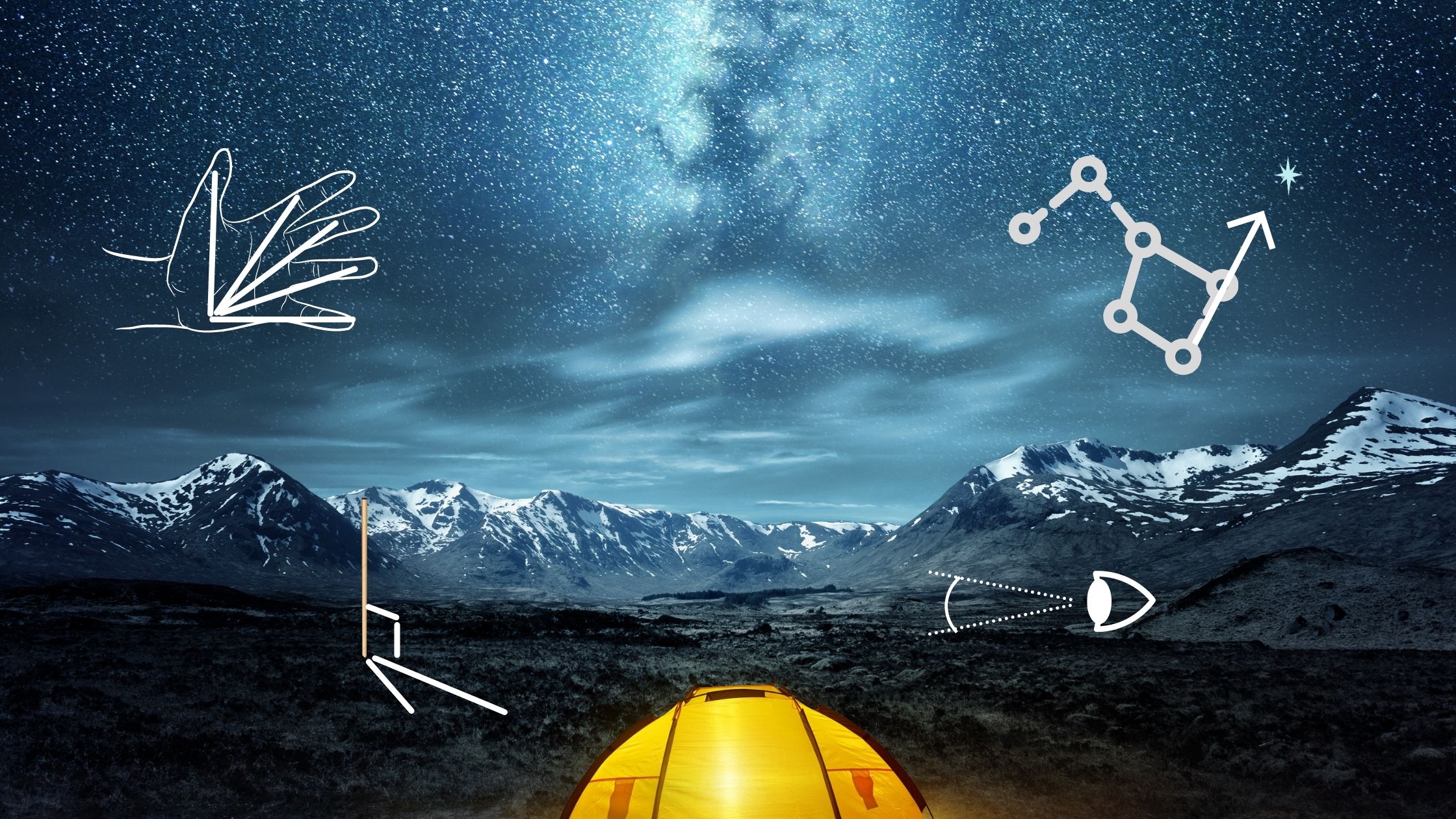Do you enjoy the outdoors? Hiking, biking, camping? If so, you definitely want to keep on reading about survival math. No, this is not about knowing how to solve equations to survive the upcoming evaluation :). Here, we are talking about real survival in the wild.
Imagine you go camping in the woods and… get lost. Of course, you might have some supplies with you, your phone will last for some time and your power bar. But eventually all of those luxuries will shut down and run out. What if that happens BEFORE you find your way out of the woods? We don’t mean to scare you, not at all :). But there is always a possibility. So, when there are no gadgets and supplies left, how do you continue looking for the way out? How do you know where to go? How do you determine how many hours have passed? Math can help answer those and other questions. Math can literally help you survive in the wild!
Survival Math – Hours of Daylight
So, you want to know how many minutes or hours of daylight you still have in the day.
Here is a cool way to find out:
- Face the sun and extend your arm in front of you. The palm of your hands needs to face you and the fingers, all touching each other, must be parallel to the horizon.
- Make sure your index finger is just below the sun and your pinky is parallel to the horizon.
- Count how many fingers it takes to go from the horizon to the sun. Each finger is 15 minutes.
- Sometimes it is necessary to add finders from the other hand. Each hand is about 1 hour.

Survival Math – Navigation
Since your phone has died, you have no maps, no compass and no clue where to go next. It is always a good idea to learn how to navigate the outdoors using the sun.
In the northern hemisphere, the sun’s highest point every day is directly south. Thus, if you observe the sun for a day, the next day you will know where south is, and consequently can determine where north, west and east are.
When it is sunny, grab a stick and a few stones, stand the stick in the ground (level ground). Now mark the tip of the shadow from the stick with the first stone. Then wait for half an hour or so (it is hard to tell, but try to estimate) until the shadow has moved and got shorter/longer.
Place the second stone at the tip of the new shadow, then create a straight line on the ground from the first stone to the second, with the first stone marking west and the second marking east. Next, if you stand perpendicular to the line you have drawn, facing away from the sun, with the first stone on your left – you will be facing north.

At night, you can try finding the north by observing the stars.
Locate the Big Dipper, then find the front of the scoop and extend the invisible front line. That line will point to the north start (big bright star), which is right beside a Small Dipper. If you are following the north star – you are heading north.

Measuring Distance
When you are lost it helps to know how to measure distances without any special tools (yes, it is possible!).
One way to measure distance is to use your thumb.
The distance from your eyes to your thumb is approximately 10 times the distance between your eyes. Thus, if you see an object some distance away and you want to measure the distance to that object, do the following:
- Extend your arm with your thumb up
- Close one eye and align your thumb with the open eye looking at the object
- Now, switch eyes without repositioning your thumb ( it will seem as if your thumb has moved)
- Estimate how much your thumb has moved sideways based on the size of the object itself and multiply that by 10 – this will be the distance from you to the object.

It does help to know the approximate size of some larger objects, like the lengths of a car (large cars are 5 m long), to have a reference point for other objects.
Measuring Angles
Understanding and measuring angles can also come in handy in the wild (measuring the slope of a hill or the height of the object).
There are two cool ways of measuring angles and they both involve your hand.
If you extend your palm, you can see that it creates a “quadrant” with acute angles and the angle between a thumb and a pinky is 90 degrees. Here is the detailed explanation of how it works. Using this trick you can even calculate the trigonometric ratios of the special angles and determine missing side lengths in right triangles.
To measure the angles between the stars in the sky (for example, to check if you in fact are seeing the Big Dipper that we talked about earlier) we can use our hand as well. Read more about the Astronomy part of this here.
In general, the angle between the two objects in the sky is the angle formed between the two imaginary lines that are within the line of sight.
Some angles between the stars can be measured using your fingers and your fist.

Math is all around us. Everywhere you look – there is mathematics involved. It could be really simple or it could be super complex. But next time, when someone asks you why you study math you can confidently reply – to survive ;).
Do you know any other helpful tricks for when you are in the wild? Share them in comments!

There are no comments yet